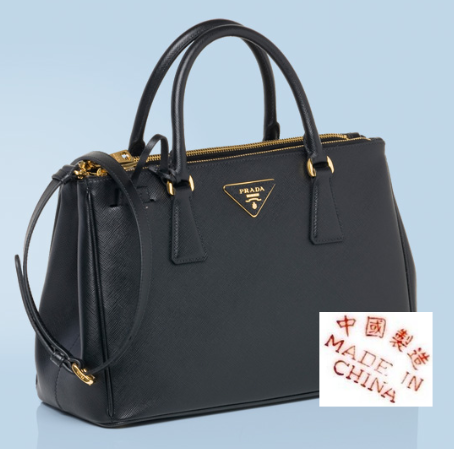Protest is defined as ‘expressing an objection to what someone has said or done’. Most people protest over mundane, even trivial things all day long (ever complain when the alarm clock sounds at 7am?), yet there are some objections that are so deep-seeded they can cause feelings of unrest that boil over and unite friends and strangers alike. This is what is known as a ‘movement’. Such is the case with “Occupy Wall Street” currently residing in Zuccotti Park in lower Manhattan and quickly spreading to other cities. The movement revolves around the richest 1% of Americans holding the rest of us (the 99%) hostage with the decisions they make to benefit themselves politically and financially, but negatively affect everyone else. It appears that this protest is the unifying theme for participants as a visit to Zuccotti will reveal a vast and decentralized list of issues protesters are attempting to draw attention to (rejection of student loan repayments, lack of universal health care, the stagnant economy, stale job market, inability of the government to hold Wall Street accountable). Yet, the ability to unify numerous interests into one voice of discontent and fraction it off to smaller cities throughout the United States and Europe, speaks volumes. In fact, it is quite similar to the anti-Vietnam movement of the late 1960’s- 1970’s. By analyzing the protesters of both movements, we are able to see that fashion can go far beyond fabric, clothes and accessories and become a platform for people to communicate a message to the masses.
The 1960’s- 70’s was a time of transformation stateside and internationally. Massive groups rallied around the Vietnam War, taking issue with not only the U.S’s involvement but also the tactics and weapons being utilized. The popularization of the television opened up channels of communication worldwide, allowing the international community to see first hand images from the war itself and from the many protest activities being held to speak out against it. Information became power, and power became a voice, one that was all-inclusive. Fashion as well became more democratized with women embracing the right to eschew the mainstays of female fashion (goodbye bras! hello baggy menswear pants!) and dress they way they wanted. The overarching style of the time was that of the hippie sub-culture, and it was seen in clothes that were worn, with looser, free flowing styles:
Advance 4o years and what we find is a similar set of circumstances occurring in Zuccotti Park, NYC with Occupy Wall Street. People are fed up with the political and financial status quo of the country and are again finding a voice to express their discontent and encouraging everyone else to speak up as well. With advances in technology and the proliferation of social media platforms that allow a free flow of information, the heart of the protest can be extrapolated to other communities quickly and efficiently. The major difference between the protests of the 1960’s and Occupy Wall Street is that in the latter case, participants are living full-time on-premise and therefore, utility and functionality are of utmost importance when it comes to fashion:
The real fashion statement seems to be the written, not the worn kind:
The best fashion statement may have come from Kanye West when he visited the protesters last week:
 Russell Simmons and Kanye West visit Zuccotti Park
Russell Simmons and Kanye West visit Zuccotti Park
His Givenchy plaid shirt, Alexander Wang t-shirt and Balmain jeans, with a combined price tag of $4,000.00, seemed a rather odd outfit to wear to a movement that stands against the 1% that Mr. West belongs to. How many of us in the 99% could afford an outfit like that, even a Designer Impostor version?
Then again, they say in order to understand the end, you must go back to the beginning. It would appear that fashion is at the heart of it all:



































































